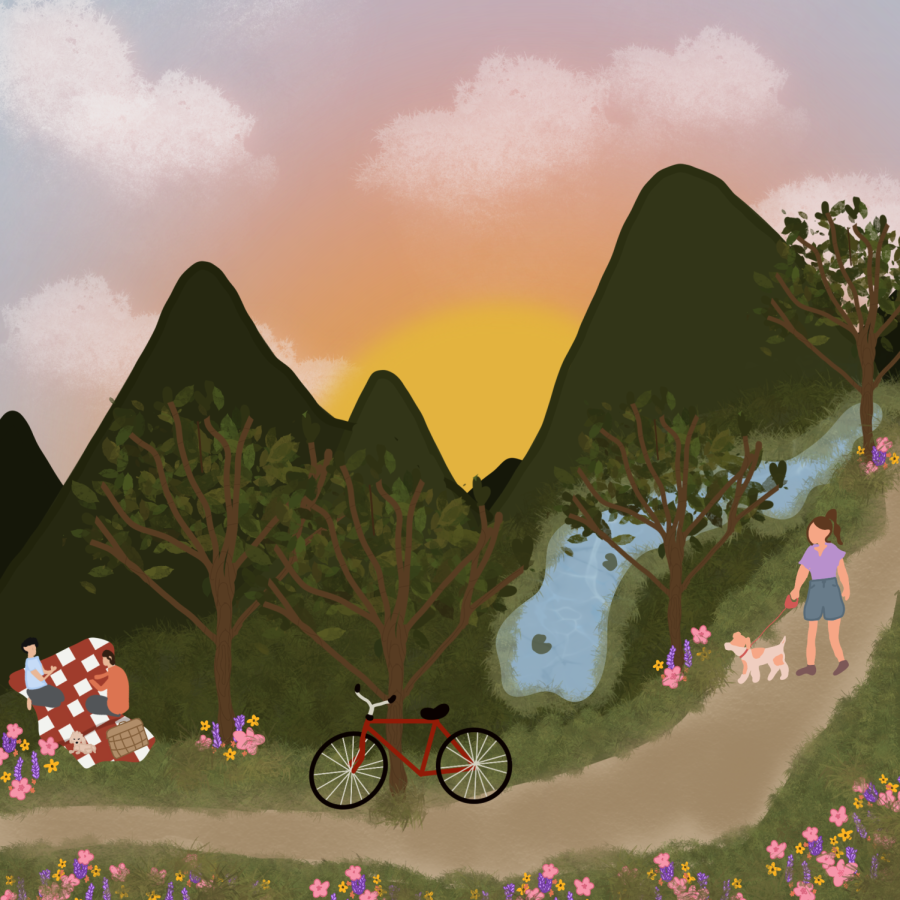Great Springs Project: Will ambition surpass necessity?
April 26, 2022
In a city that prides itself on nearly 140 miles of walking trails, San Antonio is soon to be wrapped up in an ambitious concept: a continuous 100-mile trail from the headwaters of the San Antonio River to the state capital in Austin. Yes, you could literally walk from one city to the next. But will ambition surpass necessity?
The Great Springs Project is aiming to save the vacant space between Austin and San Antonio — two metropolitan areas that are rapidly expanding. The corridor will flow from the “Blue Hole” in San Antonio and will connect the four springs along the Edwards Aquifer Recharge Zone — the San Antonio Springs, Comal Springs, San Marcos Springs and stop at Barton Springs in Austin. Now, while the idea sounds enticing, especially for someone who enjoys a frequent visit to marked and unmarked trails, there are many things to consider. The plans for the project are outlined in a 200-page document available on the Great Springs Project’s website.
The project is fully transparent about the pillars that will make up the success behind the trail, one of those is the partnership with the landowners. For starters, much of the land between Austin and San Antonio is privately owned. A large portion of the trails are proposed trails, meaning that they will need to be added or made. This will inevitably lead to land needing to be developed, repurposed or cleared. The project makes clear that it will avoid eminent domain, instead opting for a volunteer process with landowners. This transparency is key, especially as the project is aiming for completion by 2036.
Moreover, there is a sense of urgency to the initiative followed closely by a deep-seated ambition to unite people and nature. Aside from the buzz of a trail of this size, the concept is the perfect tourist-grab, but should that be a driving concern? Traffic on walking trails is already a difficult battle. The Salado Creek Greenway — a 20-mile trail within San Antonio — is already a welcome option open to the public. Though, the connected trails come with their own dangers. Cyclists complain about high foot traffic, walkers and runners look every which way to avoid a speeding cyclist and dog walkers have to find some way to avoid everything. The project is determined to back their support of making the trials equal — for all types of activities. Since the project is still in early development, we can only hope that the equity the project is setting its mind to is successful.
The Great Springs Project is a concept that should elevate engagement with our relationship with nature but do so in a manner that does not alienate the public. With a reputable board of directors and an advisory board that includes former San Antonio mayor Phil Hardberger — a pioneer in establishing a park presence in San Antonio — the project looks to uphold a bright, united future.








